Fixed Version
v1.2 Update :
- tail livery fixed
- more label 150 years
- nose gear livery fixed
- change VT-ANA to VT-ANC
About 787-8:


The Boeing 787 Dreamliner is an American wide-body airliner developed and manufactured by Boeing Commercial Airplanes.
After dropping its unconventional Sonic Cruiser project, Boeing announced the conventional 7E7 on January 29, 2003, which focused largely on efficiency. The program was launched on April 26, 2004, with an order for 50 aircraft from All Nippon Airways (ANA), targeting a 2008 introduction. On July 8, 2007, a prototype 787 without major operating systems was rolled out; subsequently the aircraft experienced multiple delays, until its maiden flight on December 15, 2009. Type certification was received in August 2011, and the first 787-8 was delivered in September 2011 and entered commercial service on October 26, 2011, with ANA.
At launch, Boeing targeted the 787 with 20% less fuel burn compared to aircraft like the Boeing 767. It could carry 200 to 300 passengers on point-to-point routes up to 8,500 nautical miles [nmi] (15,700 km; 9,800 mi), a shift from hub-and-spoke travel. The twinjet is powered by General Electric GEnx or Rolls-Royce Trent 1000 high-bypass turbofans. It is the first airliner with an airframe primarily made of composite materials and makes greater use of electrical systems. Externally, it is recognizable by its four-window cockpit, raked wingtips, and noise-reducing chevrons on its engine nacelles. Development and production rely on subcontractors around the world more than for previous Boeing aircraft. Since March 2021 final assembly has been at the Boeing South Carolina factory; it was formerly in the Boeing Everett Factory in Washington.
The initial 186-foot-long (57 m) 787-8 typically seats 248 passengers over a range of 7,305 nmi (13,529 km; 8,406 mi), with a 502,500 lb (227.9 t) MTOW compared to 560,000 lb (250 t) for later variants. The stretched 787-9, 206 ft (63 m) long, can fly 7,565 nmi (14,010 km; 8,706 mi) with 296 passengers; it entered service on August 7, 2014, with All Nippon Airways. The further stretched 787-10, 224 ft (68 m) long, seating 336 over 6,330 nmi (11,720 km; 7,280 mi), entered service with Singapore Airlines on April 3, 2018.
Early 787 operations encountered several problems caused mainly by its lithium-ion batteries, including fires onboard some aircraft. In January 2013, the U.S. FAA grounded all 787s until it approved the revised battery design in April 2013. Significant quality control issues from 2019 onward caused a production slowdown and, from January 2021 until August 2022, an almost total cessation of deliveries. The first hull loss of the aircraft occurred on June 12, 2025, with Air India Flight 171.
Boeing has spent $32 billion on the program; estimates for the number of aircraft sales needed to break even vary between 1,300 and 2,000. As of June 2025, the 787 program has received 2,199 orders and made 1,198 deliveries.
Air India:


Air India is the flag carrier of India with its main hub at Indira Gandhi International Airport in Delhi, and secondary hubs at Kempegowda International Airport in Bengaluru and Chhatrapati Shivaji Maharaj International Airport in Mumbai, alongside several focus cities across India. Headquartered in Gurugram, Haryana, India, the airline is owned by Air India Limited, which is owned by the Tata Group (74.9%) and Singapore Airlines (25.1%). As of November 2024, the airline serves 102 domestic and international destinations, operating a variety of Airbus and Boeing aircraft and is the second-largest airline in India in terms of passengers carried after IndiGo. Air India became the 27th member of Star Alliance on 11 July 2014.
Founded in 1932 as Tata Airlines by J. R. D. Tata, Tata himself flew its first single-engine de Havilland Puss Moth, carrying air mail from Karachi to Bombay's Juhu aerodrome and later continuing to Madras (currently Chennai). After World War II, it was nationalised by the Government of India in 1953 and was renamed Air India.[4] On 21 February 1960, it took delivery of its first Boeing 707 named Gauri Shankar and became the first Asian airline to induct a jet aircraft in its fleet. In 2000–01, attempts were made to privatise Air India, and from 2006 onwards, it suffered losses after its merger with Indian Airlines. Another privatisation attempt was launched in 2017, which concluded with ownership of the airline and associated properties returning to the Tata Group after 69 years in 2022.
Air India also operates flights to domestic and Asian destinations through its subsidiary Air India Express. Air India operates a mix of narrow body aircraft such as the Airbus A320 family and Boeing 737 used for most domestic and short-haul international routes and wide body aircraft such as the Airbus A350, Boeing 777 and Boeing 787 aircraft for long haul international routes. Air India's mascot is the Maharajah (high king) and the erstwhile logo consisted of a flying swan with the wheel of Konark inside it, before being replaced by a new logo inspired by the airline's Jharokha window pattern in 2023.
Credit:
Plane:
GalacticaAsia
FeiGe3
Livery:
Me
MrsBloomie (VeeOne)
DONT USE THIS PLANE MAKE CRASH OR ELSE!!!!!!!!!!!!!!!!!!!!!!!!!!!!!!!!!!!!!!!!!!!!!!!!!!!!!!!!!!!!!!!!!!!!!!!!!

Specifications
Spotlights
- RicardoACE 5 months ago
General Characteristics
- Created On Windows
- Wingspan 197.1ft (60.1m)
- Length 186.1ft (56.7m)
- Height 80.7ft (24.6m)
- Empty Weight N/A
- Loaded Weight 32,903lbs (14,924kg)
Performance
- Power/Weight Ratio 1.837
- Horse Power/Weight Ratio 0.091
- Wing Loading 7.1lbs/ft2 (34.5kg/m2)
- Wing Area 4,654.4ft2 (432.4m2)
- Drag Points 14913
Parts
- Number of Parts 703
- Control Surfaces 9
- Performance Cost 3,158

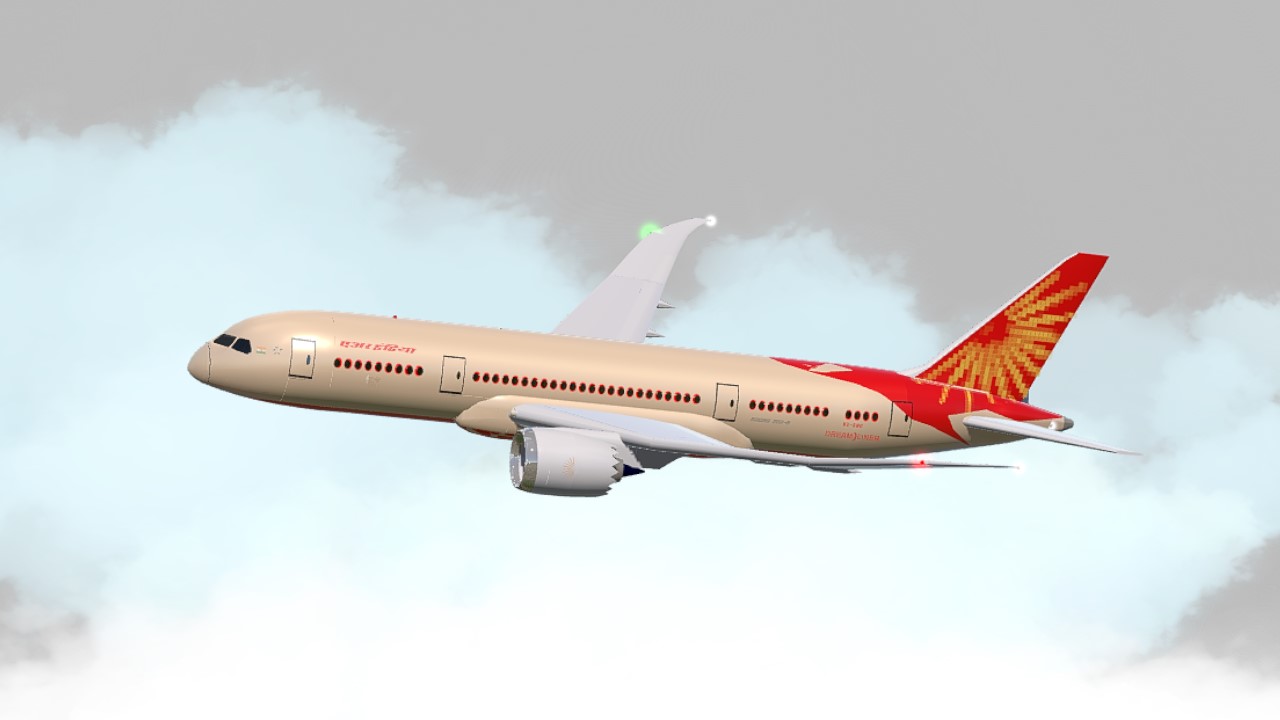

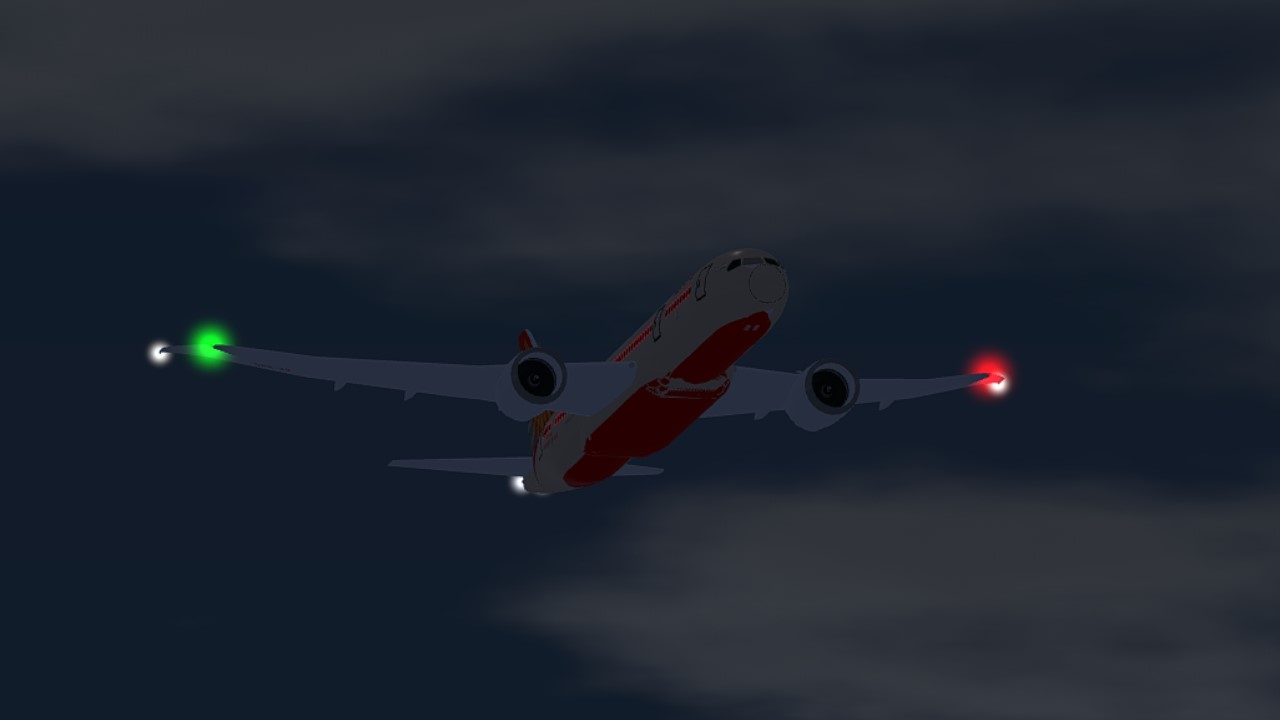
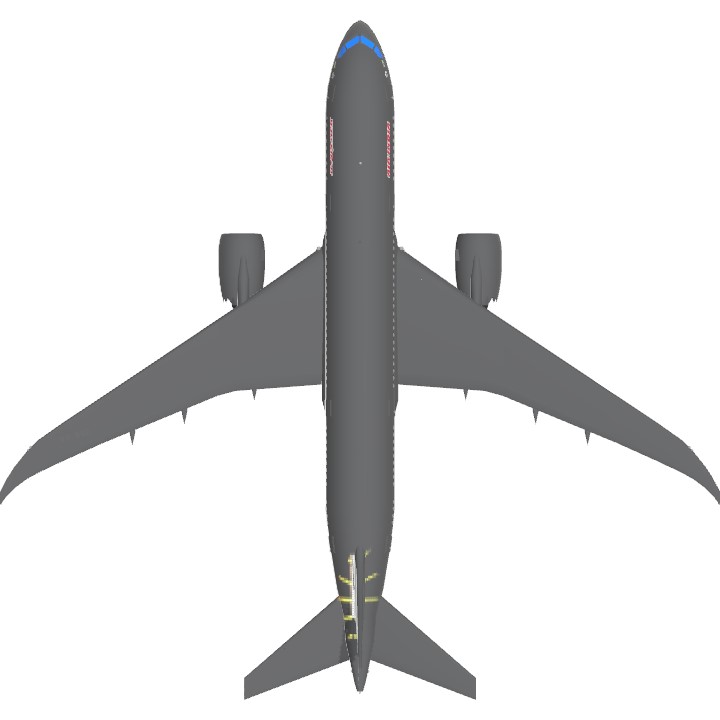
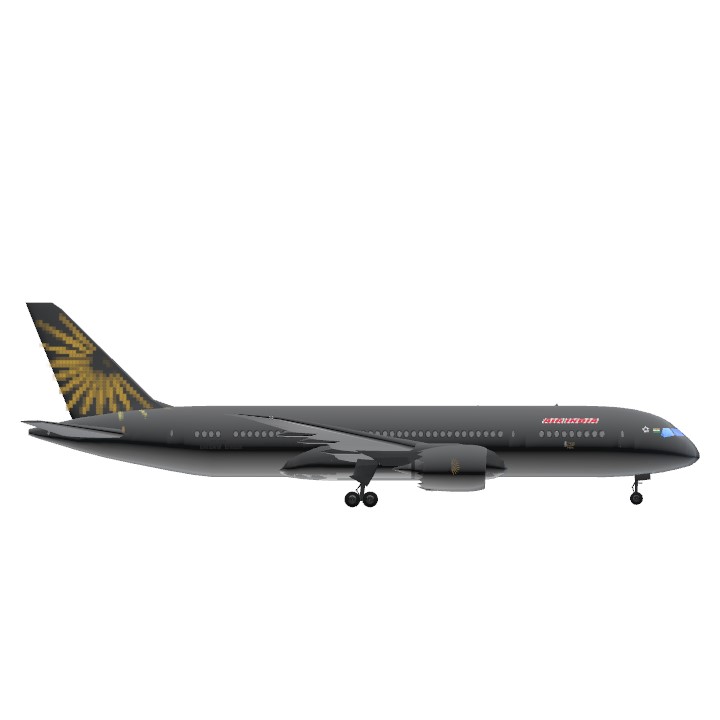
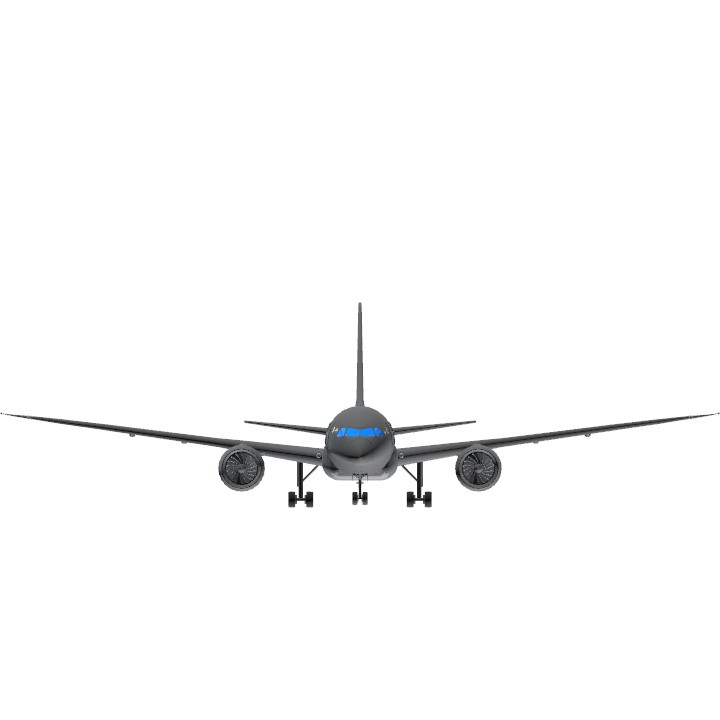
oh you did you talk why i re-upload but its VT-ANC because VT-ANA livery wrong in tail made me change and have fix version but to low downloads made me i used VT-ANC and remove VT-ANA because tail livery fixed and remove bugs tail version
Is making VT-ANB is illegal?
Vuélo-171 air Indian😔😔
B787
rip
Cool
41 minutes ago = 1 Upvote